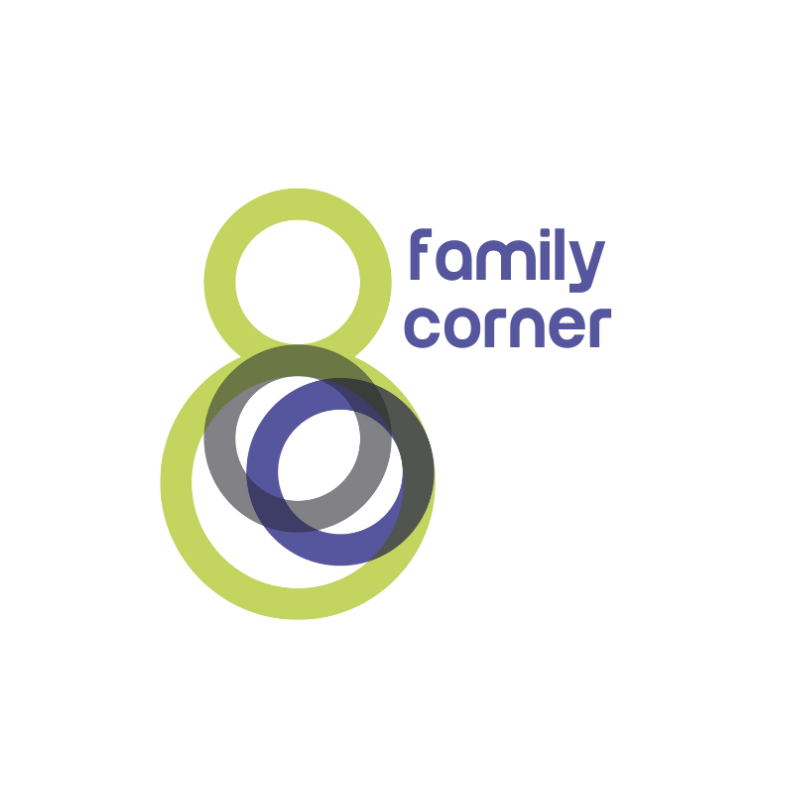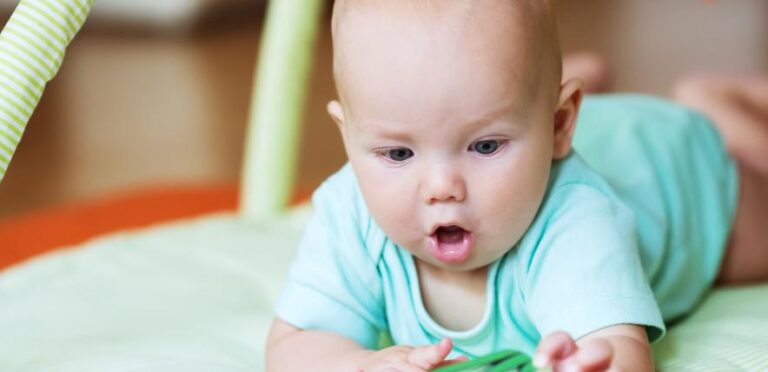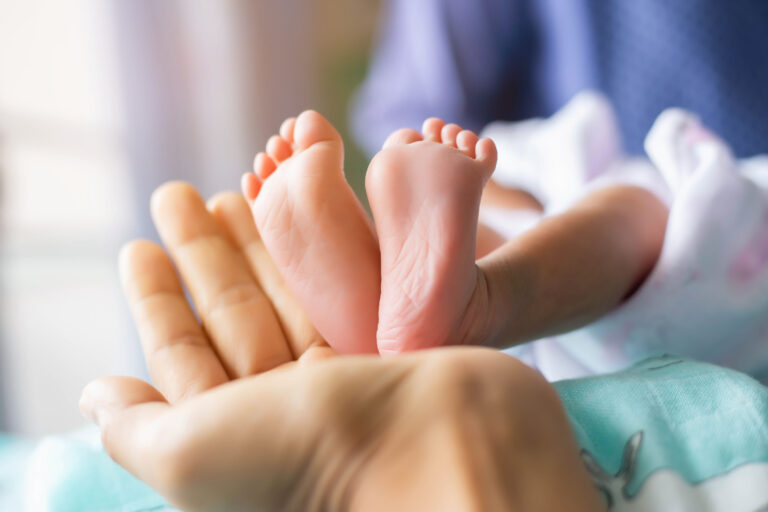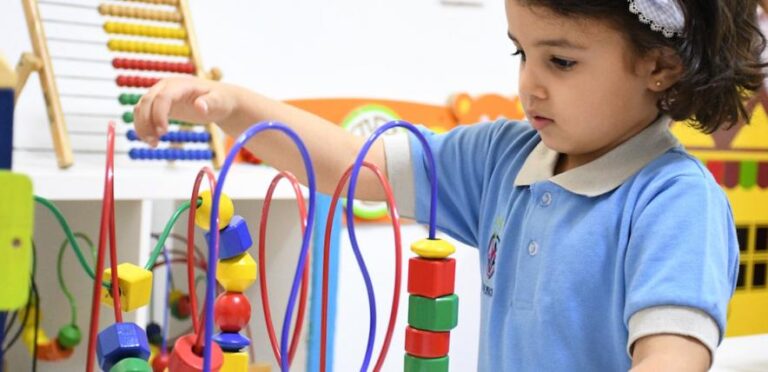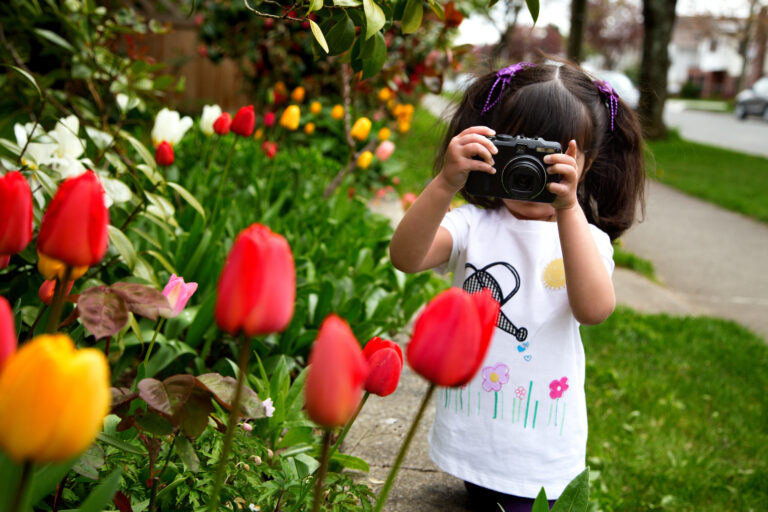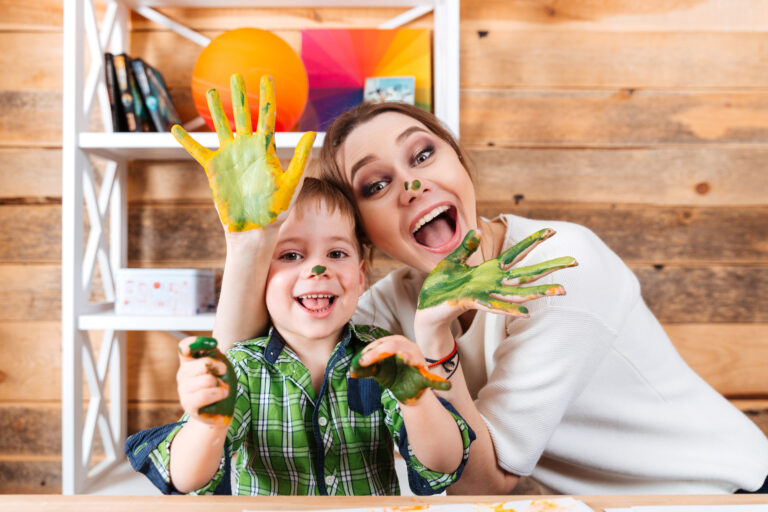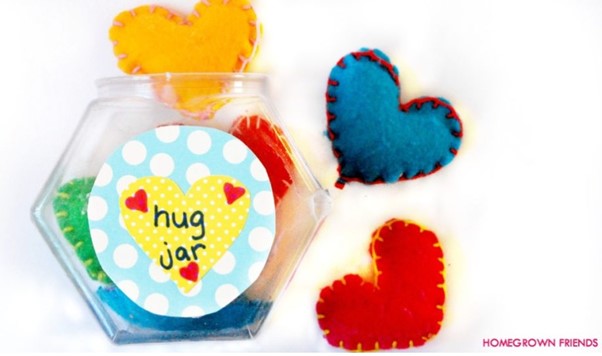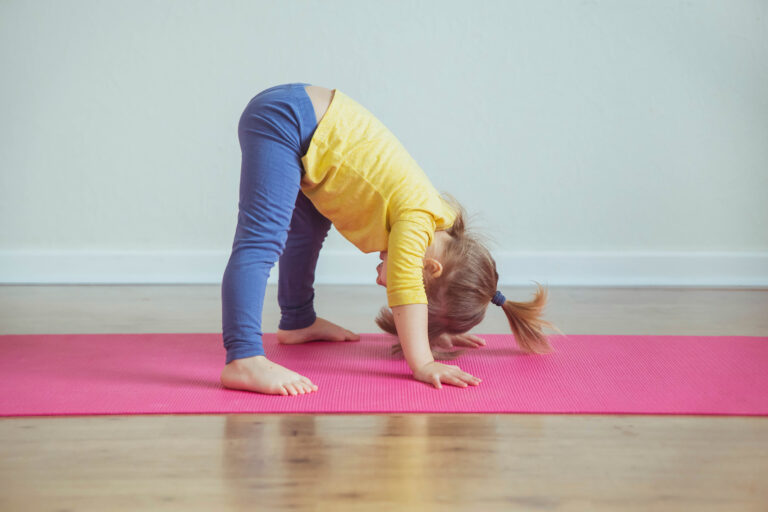Baby Cal has been going to Baby Sensory for a few weeks now. He started at just a few weeks old and is now three months. His Mum and Grandma regularly send me photos and video taken during the sessions — they know how much I love to see them and how much they make me smile! The photos really show how engaged and stimulated Cal is – it’s obvious that he absolutely loves it!
The sessions aren’t too expensive (£40 for a nine-week term). They are a great bonding opportunity for babies and adults, and they’re fun! You might think that sensory play, exposing babies to different colours, sounds and textures – is just a way of keeping baby entertained and a chance for families to meet up, but it really has far more benefits than that.
More than just a bit of fun
Research has shown that involving babies in sensory experiences from birth helps to boost their brain structure. A hugely important fact that all parents should know is that during the first three months of a baby’s life, two million neural connections are created in their brain every second. That is why sensory stimulation from birth really is so very important, it helps create those new pathways in the brain by giving the baby new sensory experiences.
I wanted to find out more about this, it’s such a great idea, such a valuable opportunity – but who are the people that run these classes and what’s the thinking and expertise behind it?
I found out that Baby Sensory classes were started by Dr Lin Day, who is a Child Development specialist. In 2006 she opened up the first classes, and within three years she had opened more than 100 locations throughout the UK. Each class is really thought through and has a detailed lesson plan which has been carefully designed to stimulate babies’ senses, movements and further their development during their first hugely important twelve months.
Cal’s mum told me: “The teachers always explain to us parents why they’re doing the activities during the class and tell us how it helps our baby’s development. I love the classes because I can see how much Cal enjoys it, his eyes go really wide and he smiles a lot and moves his arms and legs in excitement.”
Baby sensory ideas to do at home
Find out if you have a Baby Sensory class near you or why not try some sensory activities that you can do with your baby at home to give them new experiences.
Here are some really easy, and not at all costly, sensory activities that you can do at home with your 0 – 6 month old.
Touch
For a baby lying on its back, great for babies not yet able to reach or hold their head up, activities are;
- Put a cushion or box in reach of their bare feet and cover with different types of material – tissue paper, tin foil, cotton wool, bubble wrap …
- Put a shallow try under their bare feet and fill with either water, sand, baby lotion, uncooked rice/pasta/lentils …
- Loosely tie a helium balloon to your baby’s wrist or ankle so that their movements move the balloon
- Hold different materials, scarves, ribbons, tissue paper over your baby and move it down and over baby’s bare body from head to toe
- Never leave your baby alone during these activities.
For early tummy time, when your baby is just getting able to lift their head up steady for a few seconds and can reach a little with their arms, either on the floor or with their chest supported by a nursing pillow or a rolled blanket:
- Put a shallow tray in front of them, within reach, filled with water and floating objects – a plastic duck, some bubbles, a small ball… (ALWAYS supervise your baby closely around water. Babies can drown even in very shallow water).
- Fill the tray with other materials instead of water, such as sand, dried rice, tin foil …
Sight
For early tummy time:
- Dim the lights in the evening and move fairy lights, glow sticks, torchlight around baby (never directly at their eyes)
- Wave a scarf around in front of their face for them to follow the movement
Smell
For early tummy time;
- Put a shallow tray in front of baby and put in a bunch of lavender, some fresh rosemary or mint, some cut up lemon or orange, some tissue paper with a few drops of aromatherapy oils or food essences such as vanilla, orange, lemon, mint.
Sound
Introduce baby to new sounds while they are with you, either sitting with you or on their tummies or backs. Use sounds such as:
- Pouring water from one container to another
- Crinkle tin foil in your hands
- Rip paper
- Put dried rice or pasta in an empty coffee tin and shake
- Shake rattles or small bells
- Play music and clap along
- Sing!!!
And finally – go outside!! Get up close and show them leaves moving in the breeze, shadow and light of the sun through branches … they will be experiencing, developing – and it’s all due to you!
Have fun together and remember that each new sensory experience builds different connections in baby’s developing brain, and helps lay those important foundations for their later learning.
Written by Jo Fitzgerald, early years teacher and founder of Tiny Sponges
Or join the Facebook group here
Want more articles like this?
Subscribe to the free monthly Family Corner e-newsletter
for articles on your child’s development, activity ideas and more!
We won’t share your details with third parties and you can unsubscribe at any time.
